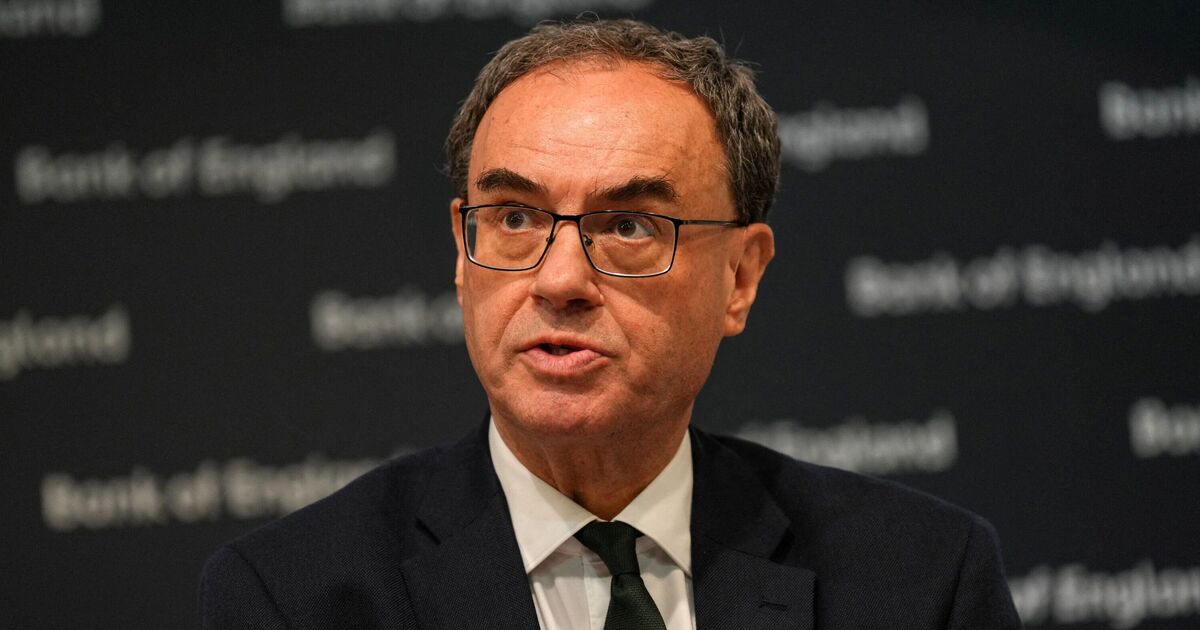

Mortgage payments will fall for many homeowners after the Bank of England cut interest rates, but inflation is set to rise while US tariffs mean Britain’s economy will grow more slowly. The Bank of England announced it was cutting its base rate to 4.25%, down from 4.5%, and declared it was making “substantial progress” on ending the era of high inflation that prompted a cost-of-living crisis.
It means the average homeowner on a tracker mortgage will see their monthly repayments fall by nearly £347 over the course of a year, while people on fixed-rate mortages which are due for renewal will also benefit. Bank of England Governor Andrew Bailey said: “Inflationary pressures have continued to ease so we’ve been able to cut rates again today.”
However, the Bank also warned inflation was expected to rise temporarily from its current rate of 2.6% to 3.5% in the autumn as a result of higher energy bills, before falling again.
And it said tariffs imposed by Donald Trump on goods imported to the US had caused uncertainty across the globe which would hit economic growth, even though the UK would be affected less than some other countries.
The Bank cut its UK growth forecast to 1.25% for 2026, down from the 1.5% it was predicting in February.
Announcing the rate cut, the Bank of England said: “Prospects for global growth have weakened as a result of this uncertainty and new tariff announcements, although the negative impacts on UK growth and inflation are likely to be smaller.”
UK unemployment is also predicted to rise over the next two years, as businesses face uncertainty over trade tensions and the recent increase in wages and national insurance contributions.
The unemployment rate is set to peak at 5% next year and stay at this level in 2027, according to the new forecasts. The Bank previously predicted it would rise to a high of 4.8%.
Chancellor Rachel Reeves said the cut in interest rates could make a “significant” difference to household finances.
She said: I recognise, though, that families are still struggling with the cost-of-living crisis, and whether it is interest rates or inflation it’s so important that this Government has returned stability to the economy, because stability means lower inflation, lower interest rates, making working people better off.”
Many mortgage-lenders have been cutting rates in recent weeks with some already offering deals at below 4%.
David Hollingworth, associate director at L&C Mortgages, said: “The good news for fixed-rate borrowers coming to the end of a deal is that rates have been falling.
“That’s because today’s cut was so widely expected that it’s already allowed lenders the chance to improve their rates. There’s still plenty of tweaking of rates in the market but fixed rates are looking to predict what will happen rather than react to base rate movement.”
Figures released by Halifax showed house prices rising, with a 0.3% increase in April. The annual growth rate is now 3.2% and the average property price in April was £297,781, up from £296,899 in March, according to Halifax.
Richard Donnell, executive director at property website Zoopla, said: “Today’s base rate cut is welcome news for people looking to sell and buy homes in 2025.
“It will provide a boost to market sentiment and filter slowly into lower mortgage rates as the cost of fixed-rate mortgages already reflects future cuts in the base rate.”
Matt Smith, a mortgage expert at website Rightmove, said: “A fresh round of mortgage rate reductions could be a boost for buyer demand as this year’s spring selling season approaches its end.”